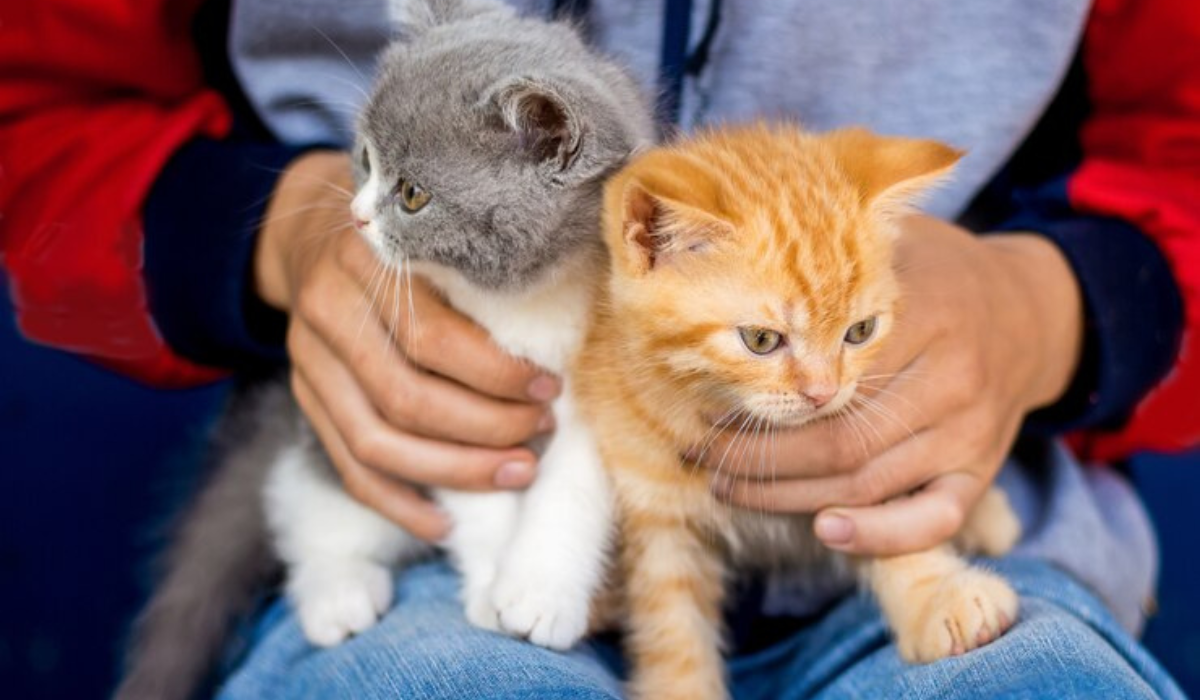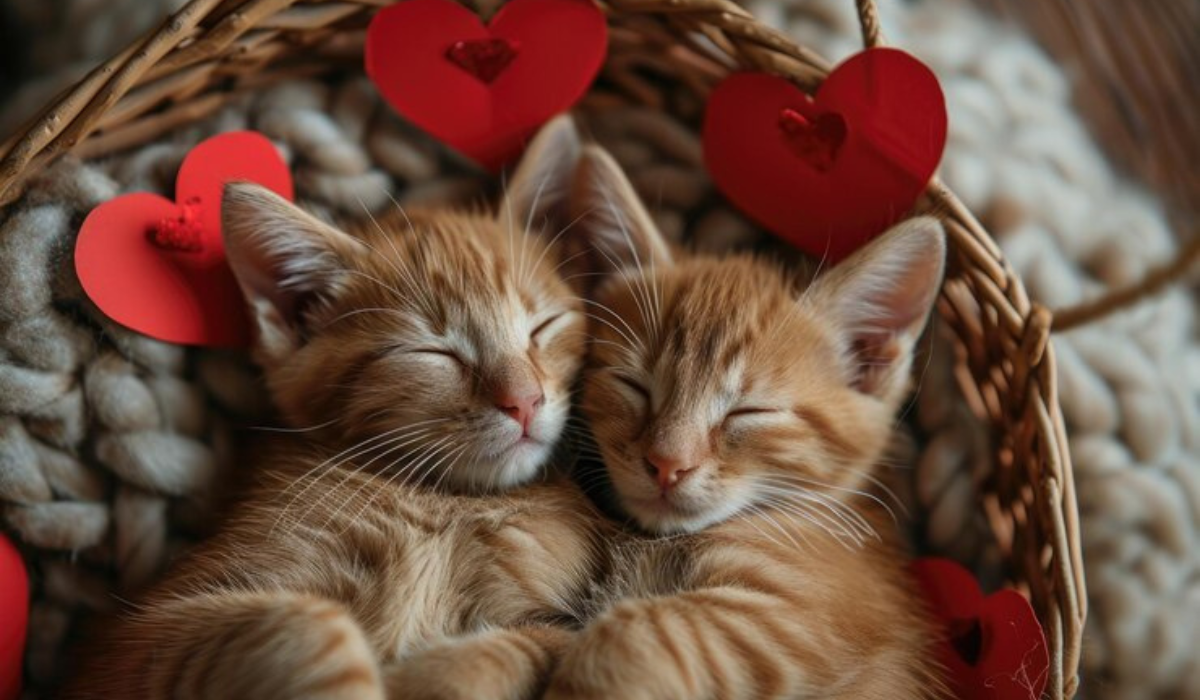In the feline world, Bengal cats stand out because of their exotic appearance and distinctive personalities. Understanding a Bengal’s temperament, quirks, and needs is essential for a harmonious companionship. Let’s explore the fascinating world of Bengal cats.
Characteristics: A visual delight
Normally weighing 8-15 pounds, Bengals are long, muscular, athletic, medium-to-large cats. Leopard-like spots adorn a soft, “glittered” coat available in a variety of colors and patterns. In order to be considered Bengals, ancestors should be at least four generations removed from ancestors with wild blood lines. Their origins are from breeding a small, wild Asian leopard cat with a domestic shorthair cat.
A Legacy of Elegance: The Origins and Breeding of the Breed
The Bengal’s captivating lineage can be traced back to Jean S. Mill, who initiated the breeding program in 1963. Bengals should have at least four generations between themselves and their wild ancestors to maintain their domestic status.
Interaction and intelligence are two of the most important personality traits
There is no doubt that Bengal cats are intelligent animals. Their owners must give them substantial attention and interaction as these cats are highly alert, friendly, curious, and active. Behavioral quirks may result from their high intelligence and wild ancestry, adding to their enigmatic charm.
A Dynamic Companion: Playful Nature
Playfulness is a hallmark of Bengals’ homes. Among their favorite games are fetch and puzzle toys. Occasionally, their curiosity can lead to destructive behavior when boredom strikes. Engaging activities are essential for stimulating the mind.
A passion for water, climbing, and hunting: Unleashing instincts
Bengal cats defy the stereotype that they dislike water. It is more common for them to jump into tubs, showers, or pools instead. Since Bengals are expert climbers, tall cat trees are a wise investment. They are avid hunters and fishermen due to their strong hunting instincts.
Social Dynamics Compatibility
However, Bengals’ territorial nature may interfere with social dynamics with other pets, including dogs. Children generally behave well around them, enjoying their energy and playful interaction.
A Breed Apart: Recognition and Status
Bengals were granted experimental status by the International Cat Association in 1983, followed by full recognition in 1991. Bengal cats are considered domestic cats, despite their wild ancestry, emphasizing the importance of multiple generations removed from wild bloodlines.
A Commitment to Engagement for Prospective Owners
Bengal companions require mental and physical stimulation, and prospective owners should be prepared to provide it. A nuanced understanding of Bengals’ needs is necessary, particularly for first-time cat owners.
Care and Grooming: Nurturing Elegance
A Bengal’s short, luxurious coat requires weekly brushing. They benefit from regular nail trimming and ear checks as part of their grooming routine.
Prioritizing well-being when it comes to health
The importance of responsible breeding practices, including polycystic kidney disease, is underscored by potential hereditary health issues. It is possible to detect or avoid such concerns through genetic testing, ensuring the health of Bengal cats.
Bengals: Choosing the Right One
Breeders adhering to ethical practices should be chosen by prospective owners. Breeders who have multiple litters or lack health guarantees should be avoided to ensure a cat’s well-being.
It is a noble choice to adopt from a shelter or rescue
Those considering adoption can provide a loving home for cats in need through online platforms and Bengal rescue networks.
Bengal Cat FAQs: Uncovering their Mysteries
The Bengal cat can weigh between 8 and 15 pounds, with some males reaching up to 20 pounds. They have a lifespan of 12 to 16 years if kept indoors. In addition to being excellent pets for active families, Bengals do best in households with older children, and may not thrive in households with extended absences.
Embracing the companionship of a Bengal cat goes beyond admiring their physical beauty. A commitment to understanding their individuality, meeting their unique needs, and embarking on a journey of feline companionship is required. You are welcome to the enigmatic world of Bengal cats, where intelligence, activity, and wild charm combine to create a truly exceptional feline companion.









